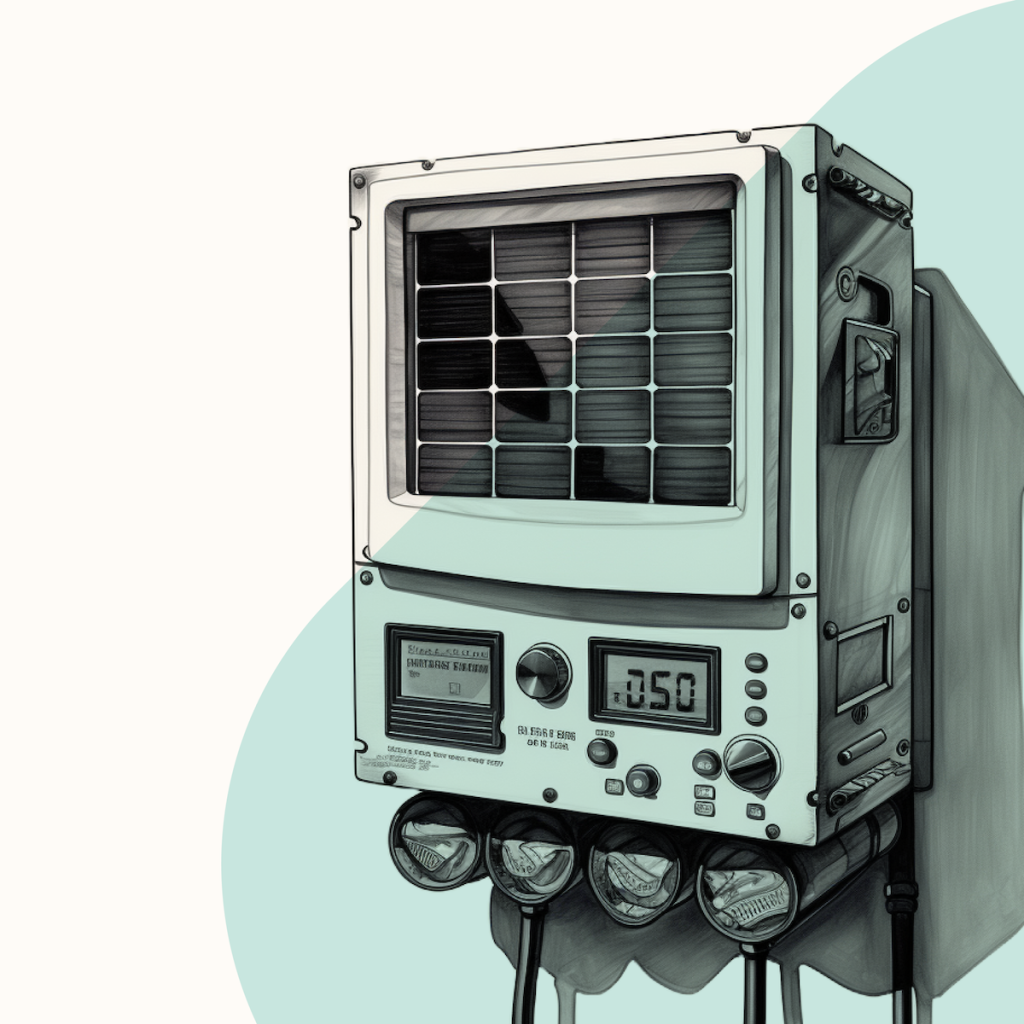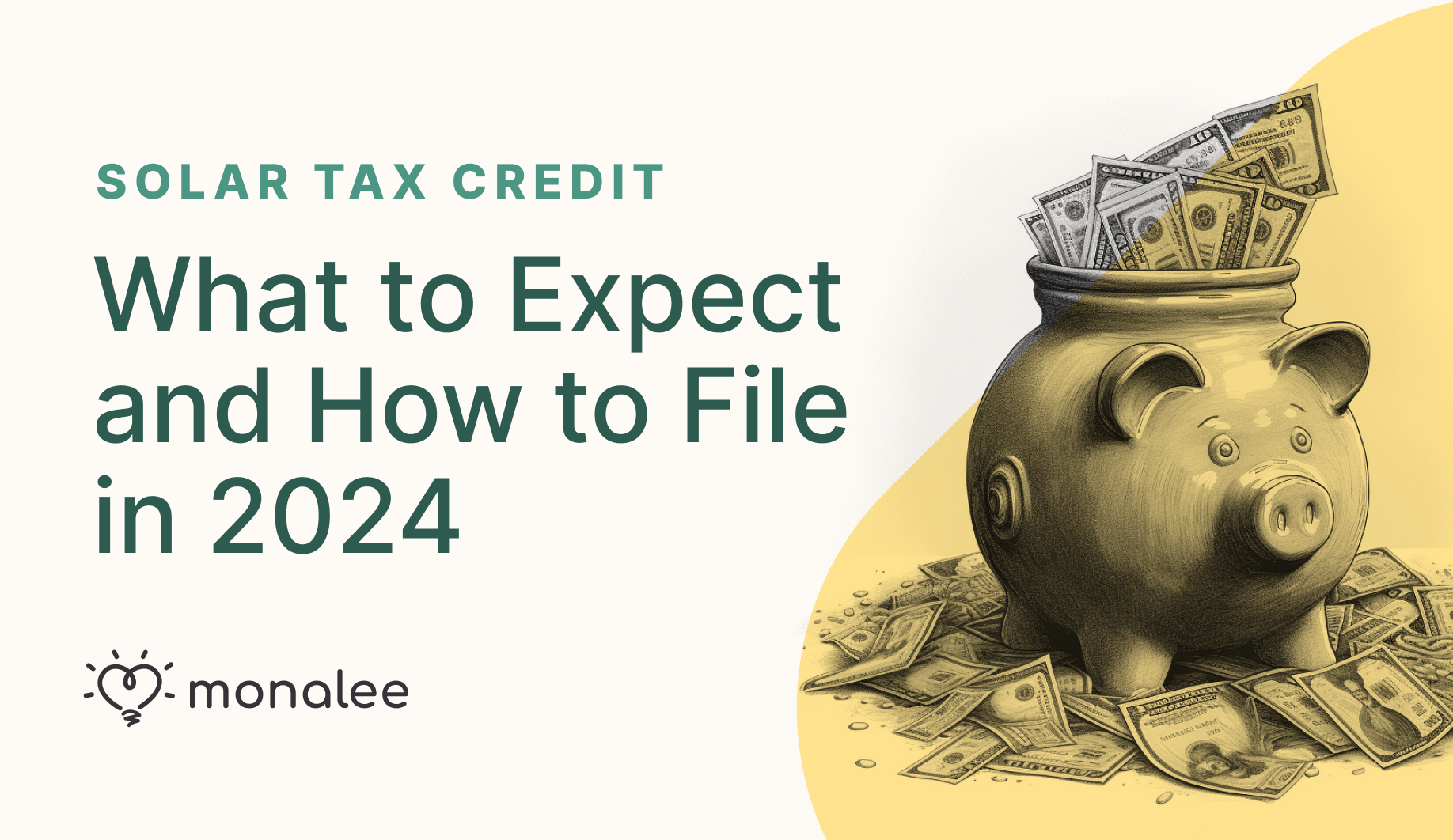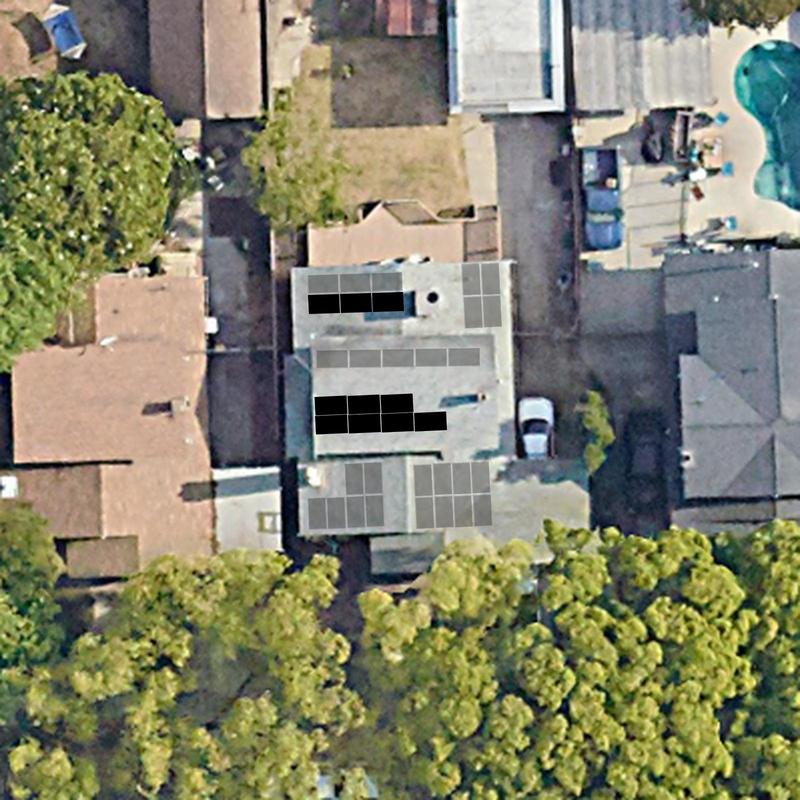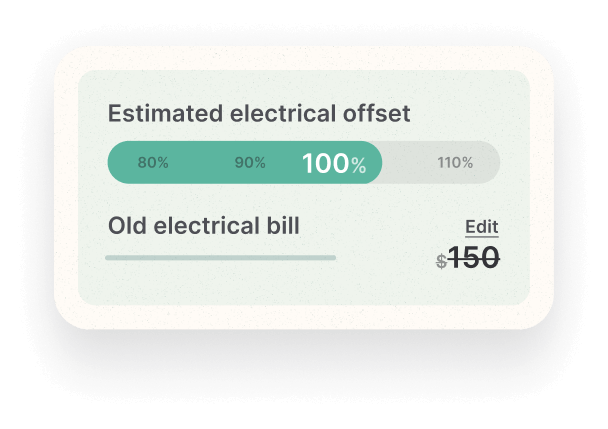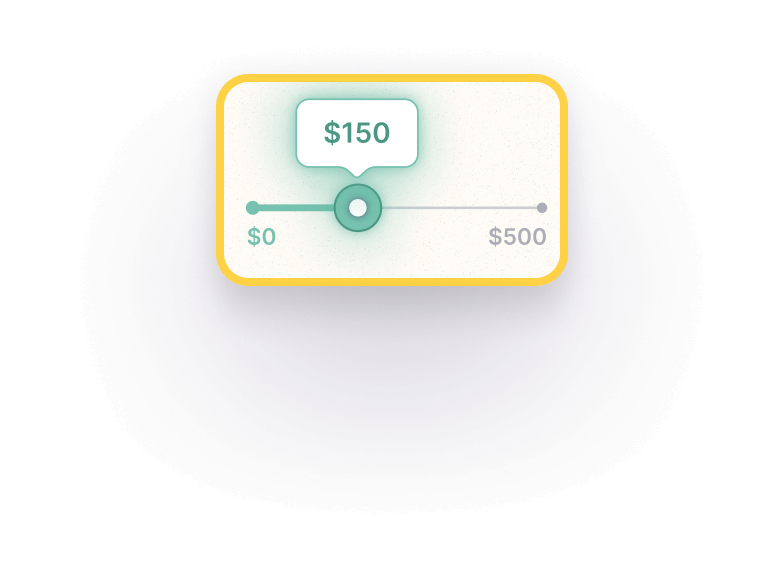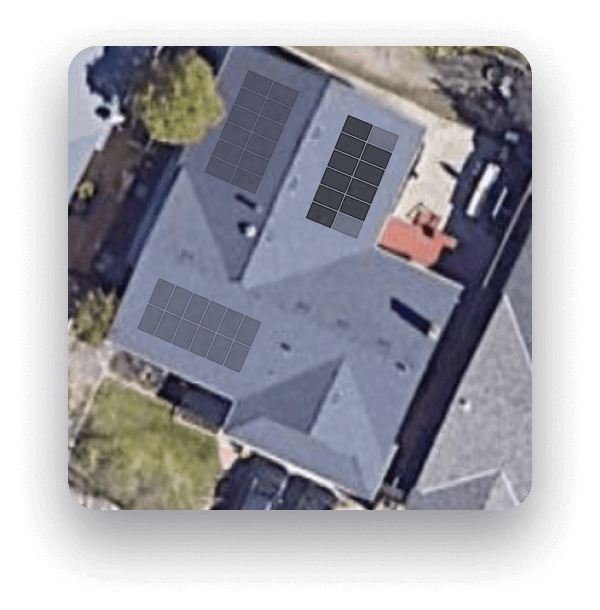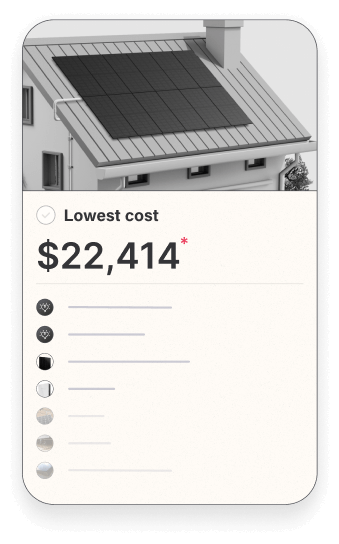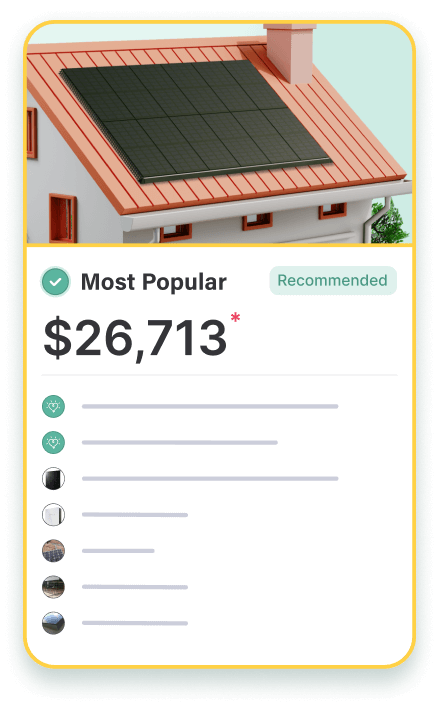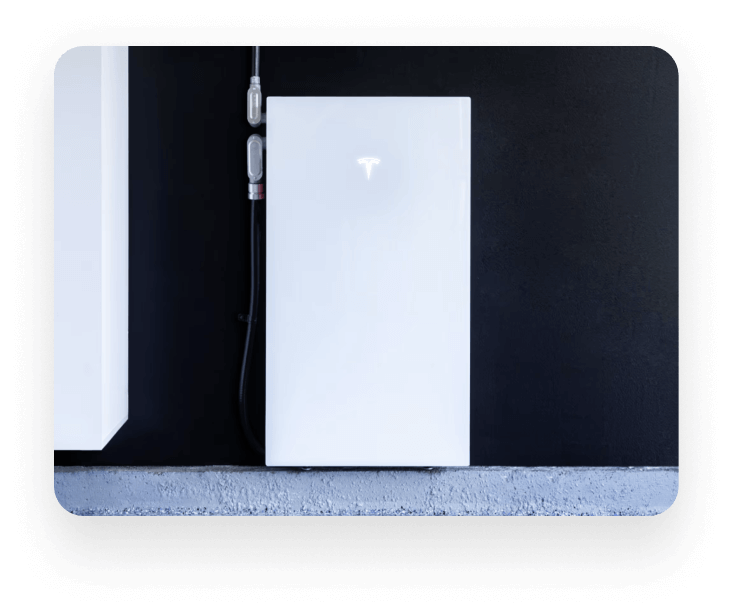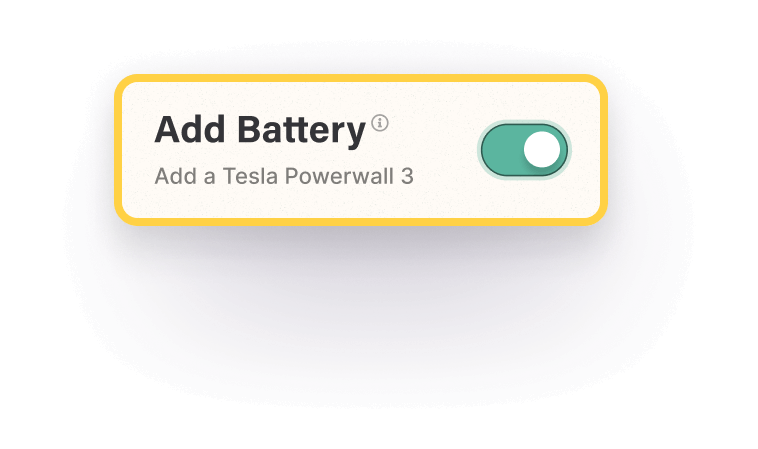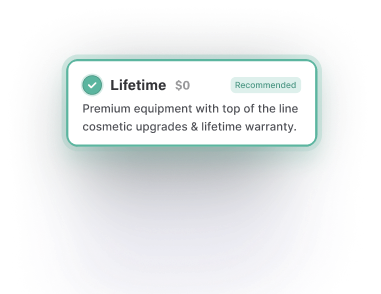If you've been thinking about going solar, spring is the perfect time.
Spring is the best time to invest in solar. When the temperatures go up, so does your electricity usage. Running AC day and night is certainly one way to beat the heat but it does take a toll on your monthly utility bill. By getting the solar process started now, you’ll be able to maximize your solar PV module usage during peak summer season.
From solar rebates and tax refunds to participating in net metering programs in your area, here are four top reasons spring is the best time to invest in solar.

Make the most tax rebates and solar incentives
If you filed your taxes by April 15th this year, chances are that you have a nice little (or big) refund heading your way. Instead of spending your tax refund on something you might regret later, consider investing it in a solar system. Homes with existing solar systems increase in value by an average of 4.1-percent. This translates to an additional for the median-valued home, that $9,274.
While solar is a significant investment upfront, Monalee is able to cut the cost in half. We also offer financing options for homeowners who want more financial flexibility. We’ve found that the majority of homeowners who switch to running their homes on solar with Monalee are able to receive a return on their investment in as little as four to seven years.
On top of this, as a U.S. homeowner, you’re able to receive a 30% tax credit on installed PV systems (photovoltaic panels, otherwise known as solar panels). As we cover in our solar tax credit guide, the credit applies to the price of solar panels as well as Solar installation equipment—inverters, wiring, hardware to mount the panels, and even solar batteries. It also includes associated labor costs, such as any fees related to getting necessary permits, local jurisdiction inspections, and any sales tax paid for the installation.
Solar incentives exist on a state-level and sometimes a city-level. For example, in California, homeowners in both San Francisco and Sacramento can receive cash incentives (varies by utility company) for running on solar energy. In Texas, the TXU Energy Home Solar Buyback Plan allows homeowners to sell excess energy produced from their solar system to the local grid and earn credits in return.

Take advantage of of the high-production months ahead
Spring and summer are the best seasons for running your home on solar energy. These two seasons—especially summer—have the longest days and therefore the most amount of hours each day to power solar panels.
Summer is also the time of year when most homeowners see a big spike in their monthly electricity bills. This is mostly because it’s hot outside and running AC through the house uses up a lot of energy.
While solar panels are efficient even in the winter months, the most optimal temperature for generating energy from solar panels is when the temperature is 77 degrees Fahrenheit. By installing solar in the springtime, you’ll be up and running by summer.
While states like Florida and Arizona are among the country’s sunniest states, solar panels work just fine on cloudy days. In fact, it’s the hours of sun rather than the temperature of the air outside that is the most important factor for solar energy production.
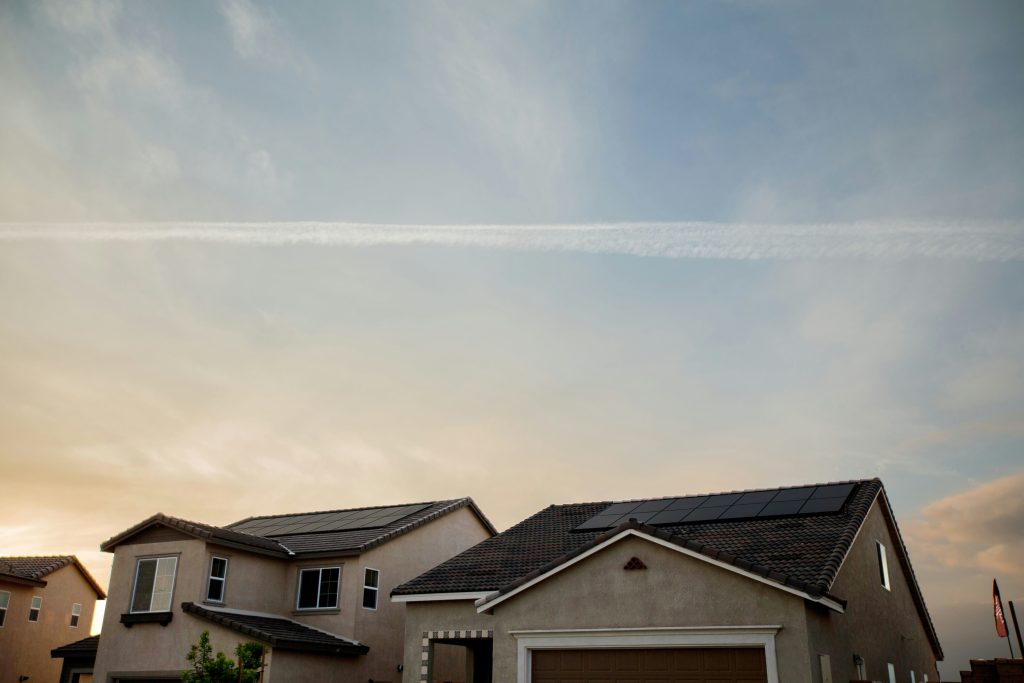
‘Skip the line’ of other homeowners going solar in summer
Summer is when most homeowners decide to go solar, which means that their systems might not be energized until the tail end of the season. Delays are common this time of year because of increased demand. By starting the process now, you’re essentially ‘skipping the line’ and your solar system will be activated before other homes in your area.
A big benefit of going solar with Monalee is that we’re able to shorten the process by about half. When you go with a traditional solar company, you’re looking at around 90 days–sometimes more–from start to finish. At Monalee, most projects complete 50 days or less.
One of the ways we’re able to speed the process along while cutting the total price by about half is through cutting out the middleman–salespeople and system designers–from the process. By doing this, we’re able to pass savings directly to the customer. Our advanced machine learning is also really effective in predicting exactly what solar will cost, which cuts down on a lot of change orders–unexpected costs that occur along the way.

Get ‘locked in’ to more advantageous net metering programs in your state
If you’re new to net metering, think of it as a type of billing tool. Homes that run on solar are producing energy all the time. Naturally, daytime hours generate the most amount of energy while little to no electricity is produced at night.
As we share in our net metering guide, homeowners are able to sell the excess energy their system produced but that they do not need, and sell it to their local utility company. In return, they receive credits that they can use at a later time. A few benefits include saving money, reducing one’s carbon footprint and getting a step closer to total energy independence.
While net metering programs are advantageous to homes that run on solar, many states are getting rid of them altogether. In the case of California, the current NEM 3.0 is already considerably less appealing to homeowners than NEM 1.0 and NEM 2.0.
For this reason, many homeowners are choosing to invest in solar batteries so that they are in full control of their energy production. Instead of selling your excess energy to your local utility company, you simply store it in your battery. This is extra helpful during a power outage. For homeowners with a solar battery, their inverter will disconnect from the grid during a power outage but they will still have access to whatever energy remains in their battery.
